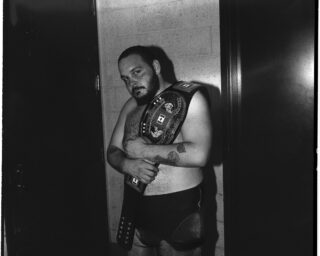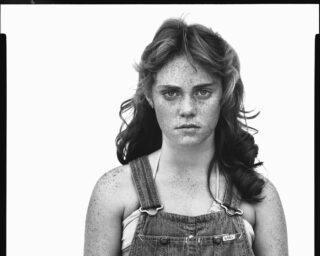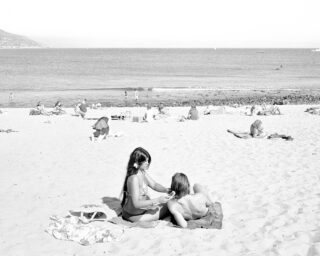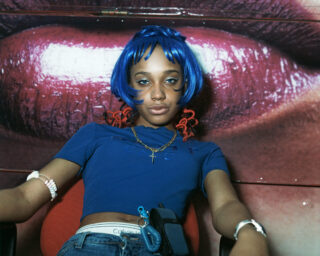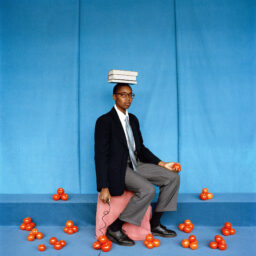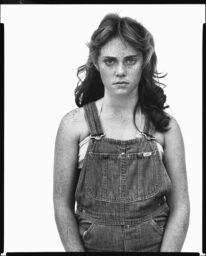Behind the Barricades

Hitomi Watanabe, from the series Shinjuku Contemporary, 1967-68
© the artist
Hitomi Watanabe began her career photographing in Shinjuku, a Tokyo neighborhood home to Japan’s 1960s counter culture. She then became a member of the Zenkyoto student movement, which occupied the University of Tokyo campus in 1968-69. The students first demanded academic reforms, and then broader, political changes. Her candid photographs lend a strikingly relatable perspective to the struggles and everyday lives of the protesters, and her insider’s vantage on this tumultuous moment afforded her work an undeniable, enduring power. Tsuyoshi Ito of A/fixed spoke to Watanabe about her experience documenting and participating in this influential movement.
Tsuyoshi Ito: How did you get started in photography?
Hitomi Watanabe: A finance magazine I was working for needed someone to take photographs. I had no idea what I was doing, so I went to photography school for two years and started taking photographs in Shinjuku, where I used to hang out a lot.
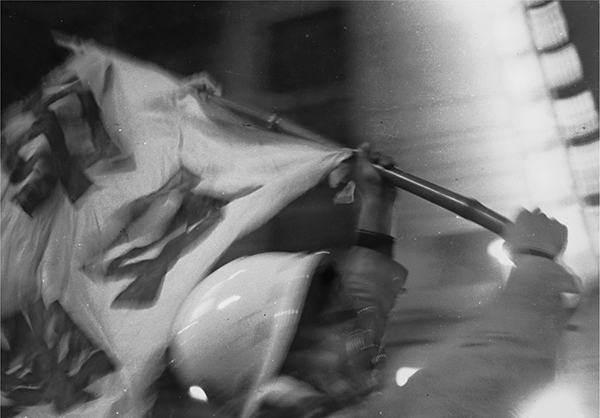
Hitomi Watanabe, from the series Todai Zenkyoto, 1968-69
© the artist
Ito: And from there you began photographing the All-Campus Joint Struggle League (a.k.a. Zenkyoto) at Tokyo University?
Watanabe: Yes, I first met Zenkyoto members in 1968. I had been considering attending Tokyo College of Photography to pursue my studies when the riot police locked down the Tokyo University campus in response to student protests. My friend’s partner, Yoshitaka Yamamoto, had just been elected leader of Tokyo University’s Zenkyoto. He inspired me and I knew that I had to photograph him. Yamamoto gave me insider access and, from that autumn, I was constantly taking photographs there. Other members of Zenkyoto soon became suspicious of my presence, and thought that I was a newspaper reporter or a spy, so Yamamoto made me an armband that read “Zenkyoto” so I could move about freely.
Ito: How did Yamamoto inspire you? What drew you to him?
Watanabe: He had a quiet determination about him. He seemed so ordinary during our everyday life inside the blockade, but when something needed doing, a kind of fire lit inside him. His impassioned speeches at rallies made me want to get inside and photograph as much as I could.
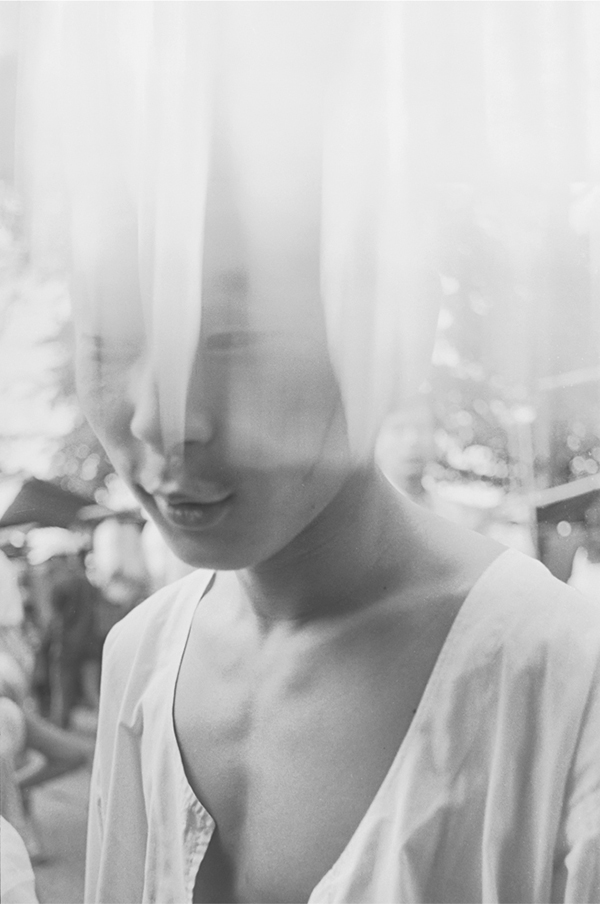
Hitomi Watanabe, from the series Tekiya no Sekai, 1967-68
© the artist
Ito: What kind of photographs did you take?
Watanabe: At first I mostly focused on Yamamoto, but soon a warrant was issued for his arrest, and he became understandably scarce. But the leadership didn’t skip a beat, and even in his absence the struggle continued full speed ahead. And I was there the whole time, taking pictures. I didn’t even go home. My family worried about me a lot.
When the police started arresting people in the movement I had to disguise myself. My brother came to meet me in secret and I was able to give him some rolls of film I had shot to keep safe. Later on, I had an exhibition of the photos and my brother, who was working as a journalist, was stunned. He realized what a scoop he could have had if he had published my photos before. But he kept them safe for me the whole time.
Ito: What was the media coverage like?
Watanabe: Outside the barricade there were usually only one or two reporters from the media. There were, of course, many photographers present when the riot police launched their final assault on the barricade, called the Fall of Yasuda Auditorium in 1969. Many of the journalists outside recognized me from my constant presence and took an interest in me. As a photographer aligned with Zenkyoto, I had an interesting perspective. I was strictly a freelancer, but that gave me access to places media reporters were never allowed to go.

Hitomi Watanabe, from the series Todai Zenkyoto, 1968-69
© the artist
Ito: It sounds like your photography led to a lot of connections and new relationships.
Watanabe: Yes, definitely, although that was never my intention. Cameras weren’t nearly as widespread back then, and my subjects were always delighted to get prints of the photographs I had taken of them. That helped us build a relationship, and they were then happy to welcome me to their inner circles.
Ito: How long did you cover Zenkyoto?
Watanabe: For two years in total. Even after the fall of Tokyo University, I continued going to events and protests.
Ito: Throughout those years, did you remain as enthusiastic as you were when you began, or did your mood change?
Watanabe: Zenkyoto’s breakup in 1969 was the beginning of the end. Then, things began to fall apart in the early ‘70s. People started getting cynical and apathetic, myself included. Some people lost their minds or went so far as to commit suicide. I spent my time in a deep depression, just drinking in Shinjuku.
Ito: So your life felt empty after those years of emotional struggle.
Watanabe: It wasn’t even the fall of Zenkyoto or the photography itself. I had been a photographer. That was what defined me and gave purpose to my life.

Hitomi Watanabe, from the series Todai Zenkyoto, 1968-69
© the artist
Ito: There were many women alongside the men inside the barricades. Were there differences in responsibilities between the men and the women?
Watanabe: Women weren’t really out on the front lines, but they contributed a lot inside the barricades, like preparing meals. There weren’t any set breakfast or dinner times, so they did their best to get people food when they could. Sometimes speakers would be eating a sandwich while climbing on stage to deliver a speech. Women would also go out to grocery stores to buy more food and supplies.
Ito: What did you think of this division of labor and tasks?
Watanabe: I actually didn’t think anything of it. Men and women have different strengths, and I think that men, being physically stronger, were better suited for front-line activities. Although, women—even high school students—did join in the demonstrations as well. There were occasionally even women-only demonstrations.
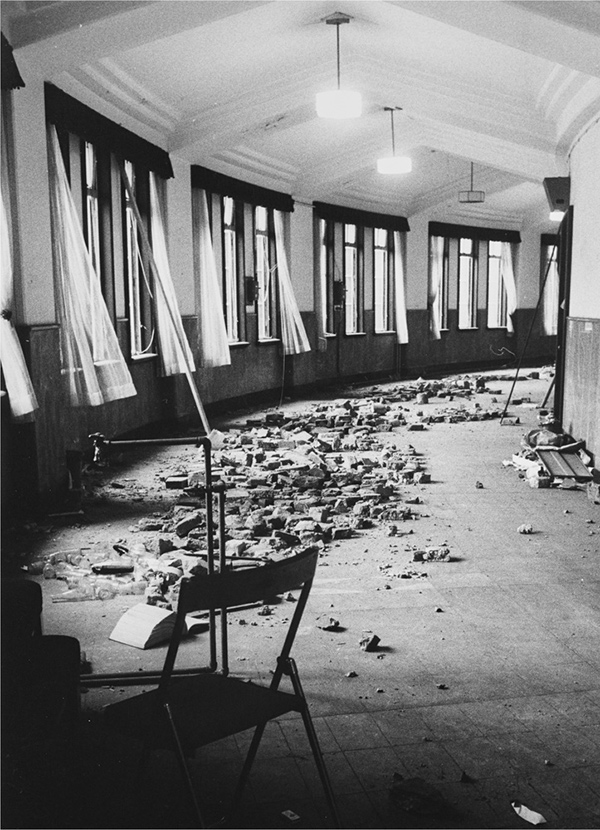
Hitomi Watanabe, from the series Todai Zenkyoto, 1968-69
© the artist
Ito: You photographed the Kyoto University barricades and protests, too. Was the atmosphere similar to that of Tokyo University?
Watanabe: At Kyoto University, I photographed the school of literature student protests. Kyoto students were a lot more laid back than their Tokyo University counterparts. Maybe it had something to do with the Kyoto dialect—I’m not sure. They used graffiti as a way of protest, while Tokyo University protesters were more interested in fiery speeches and rhetoric. My time in Kyoto was a lot of fun.
Ito: So the Tokyo protesters were more intense and focused?
Watanabe: Well, even they made time to fool around or read comic books. But yes, things there were more intense. One time they had heard that the riot police were going to stage an assault on the barricade, and they told me I had to leave. I remember watching the attack, seeing riot police storm the building, and helicopters dumping tear gas on the protesters from above. Tears ran down my face as I remembered a girlfriend who was still inside and who I had been laughing with two days before. I couldn’t focus and my shots were blurry, but I kept on pressing the shutter button.
A/fixed’s inaugural publication, Provoke Generation: Japanese Photography, ’60s-’70s will be released in April 2017.















